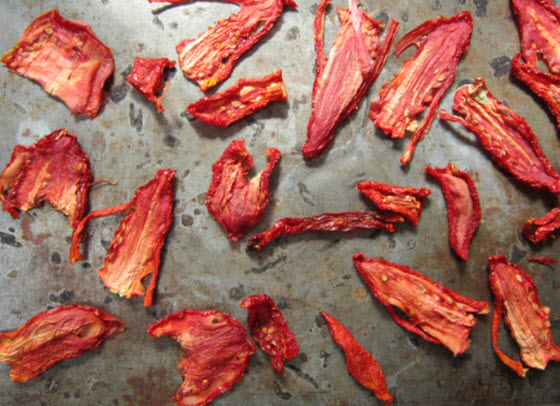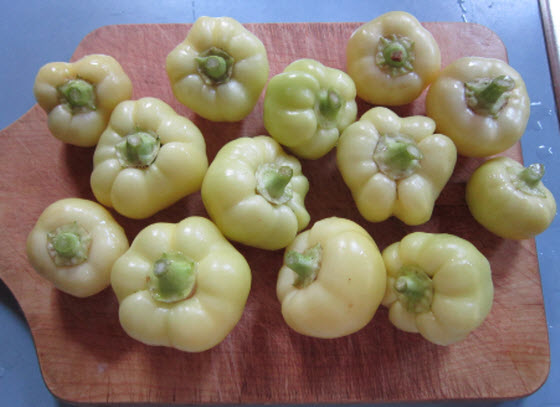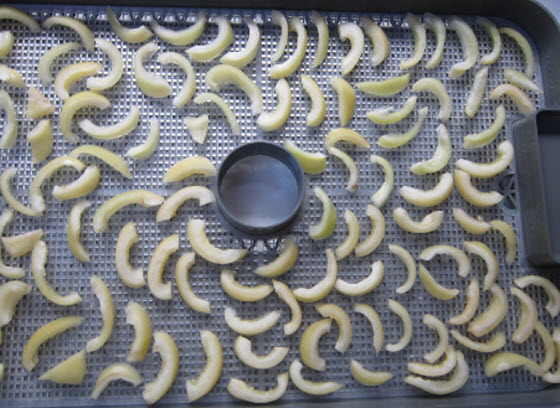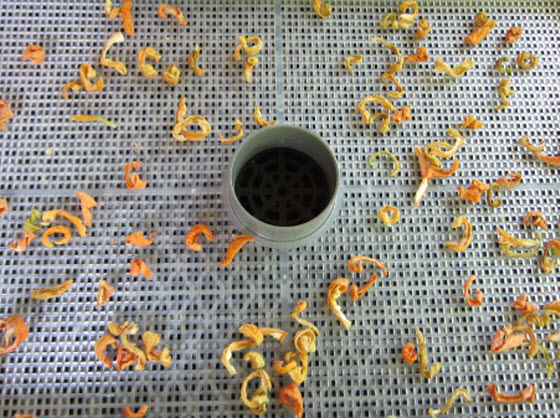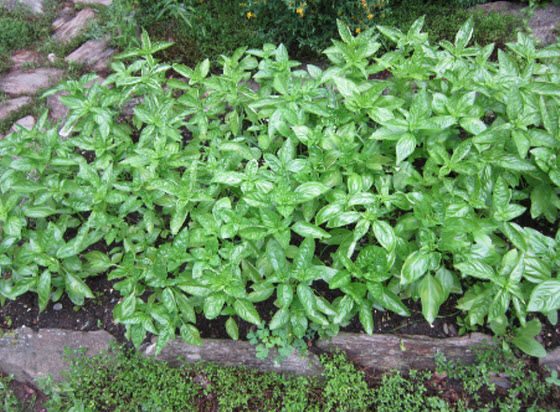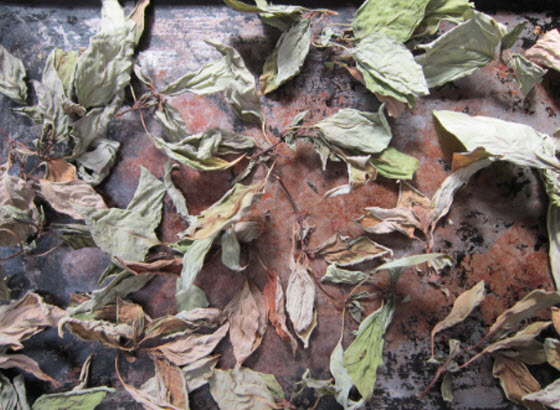
Drying Tomatoes in the Oven or the Sun

Introduction to Preserving
Freezing
Making Quick Pickles
Making Quick Jams: Refrigerator or Freezer Jam
Water-Bath Canning
How to Can Tomatoes
How to Can Pickles
How to Can Jam and Jelly
Pressure Canning
Drying
Salting and Brining
I'm wondering why I can't find a recipe for making sundried tomatoes packed in olive oil.
I have a dehydrator and have a ton of cherry tomatoes. I really want to long term can them packed in olive oil, just like the ones at the grocery store.
Would I need to do a water bath once dried and properly packed in the oil?
Do you have a recipe or advice?
Thank you in advance
Cecy
Hi, Cecy. While we at The Old Farmer’ Almanac do not have a recipe, you can search online for “make your own sun-dried tomatoes in olive oil” and get lots of ideas.
I grow my herbs and vegetables in pots, and I have a food dehydrator and drying tomatoes, I have done it, but the thing I learned, dry a lot of tomatoes because they do not make a lot of tomato dust. I also dry my herbs and make my herb mixtures. I also dry some of the peppers I grow, and others I cut up and de-seed and freeze, I then get them out of the freezer when I make chili cut them up, and add them to the pot. I grow about 14 kinds of peppers
I have dried herbs in my car. Temps were in the high 80's & 90's. I layed them out on newspaper and paper bags. It worked pretty well.
Can I dehydrate more than one kind of vegetable at the same time in the dehydrator ?
What about smoking meats as a way of preservation?
Any suggestions are appreciated.
Thanks Farmers Almanac for all you do...
Yes, you can dry different kinds of fruits or vegetables at the same time. Just make sure that each kind passes the test for being dry. It may increase the amount of time needed to dry all of a particular kind of fruit or vegetable. If you are drying soft vegetables and hard ones at the same time, because the soft vegetables need a lower drying temperature, use the lower setting until they are all dry, then boost up the temperature to the higher setting to continue drying the hard vegetables.
I use paper bags (the large grocery size) with wooden skewer sticks. Tie a bunch (approx 5 stems) of whatever herb together with cotton string. Put two skewers through the top of the open paper bag about an 1 to 1.5 inches from each short side of the bag. tie the herb bunch (same string the herbs are tied with) to the wooden skewer so the herbs are hanging in the bag. I put two bunches on each skewer. I put the bags in a room that is not used so much and not in direct sunlight. Doesn't take too many days for the herbs to dry out. I save the same bags to use over and over (and the same string and wooden skewers too). Works great and the dried herbs look much nicer than what you would buy at the store - and taste great :-)
Great tip; thanks for sharing, Al! What is your favorite way to use your dried herbs?
EASIEST WAY TO DRY OUT FRUIT, VEGGIES OR HERBS: Rinse and let sit on paper towel for at least 1 hour, remove from paper towel and place on Cookie Sheet (w/sides) lined with aluminum foil, Place on the backseat of a hot car with the windows rolled up, and let dry (takes just a few hours) -- No Humidity in there at all. It is so easy and very eco-friendly. Sliced mushrooms, herbs, and candied orange peel are the fastest to dry out. Wet fruit takes a bit longer but is well worth the wait. I turn tomatoes with their wet halves facing downward. So Very Easy !!!
Wow! What a great idea!!!

